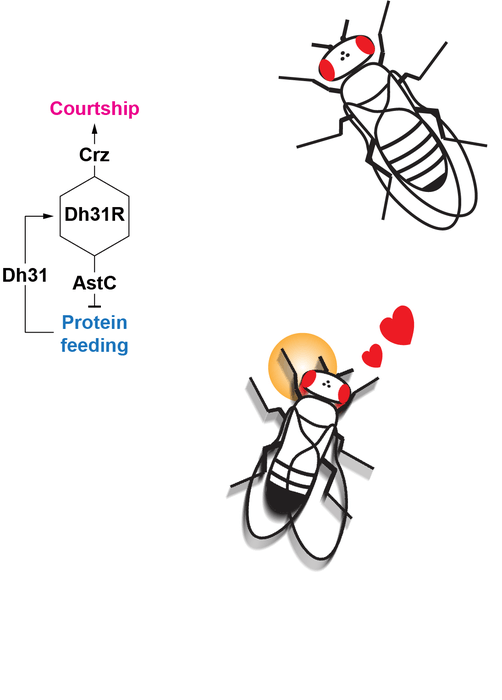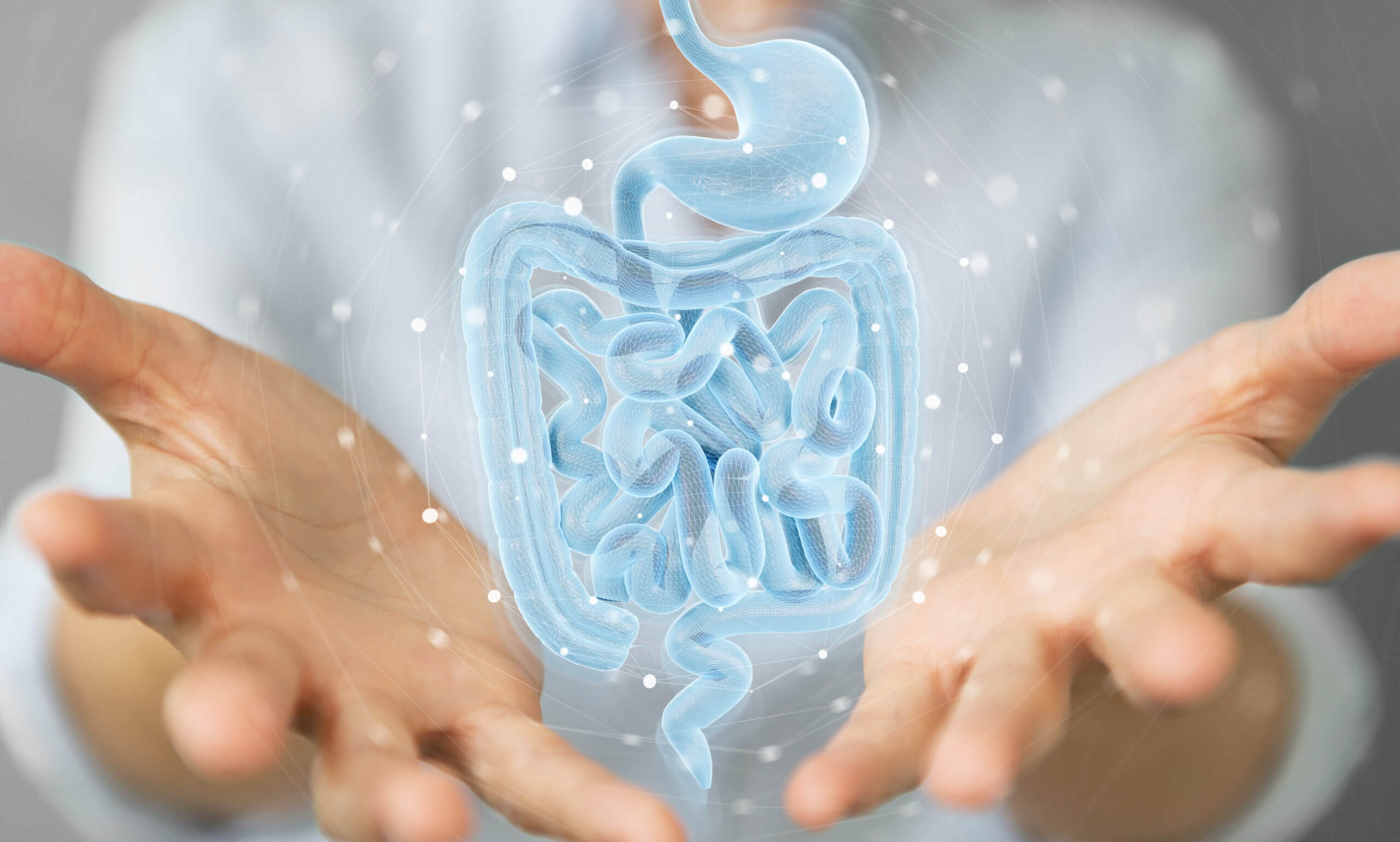Romantic love and romantic dinners seem to go hand in hand. There is more than just
social convention to the combination – it is built into our physiology. The association
between nutrition and mating is not unique to humans – it is found throughout the
animal kingdom. Only recently, however, have researchers suspected a physiological link between eating and mating that starts from the gut.
Discovery of the Feeding to Mating Link
Scientists from the University of California – San Diego (UC-San Diego) were studying
fruit flies when they found the connection. After a meal, a molecule was released from
the flies’ gastrointestinal (GI) tract, which switched their behavior from eating to
mating. The researchers, led by Jing Wang, professor of neurobiology at UC-San Diego,
identified the molecule as diuretic hormone 31 (Dh31). Protein-rich foods triggered the
release of Dh31 in the flies’ GI tract, where it functioned as a type of chemical
messenger. Previously, it was thought that the brain was the source of Dh31.
“We were very surprised that a single molecule would have such a profound influence
on behavior decisions,” says Wang in a statement. “The Dh31 acts on the brain to
change the motivational drive of two evolutionarily critical behaviors.”
The UC-San Diego team, with colleagues at UC-Santa Cruz, conducted various
experiments to support their findings. In one study, fruit flies genetically altered to have
no Dh31 kept feeding, without a switch to mating behavior. In another study, artificially
activated Dh31 caused the flies to rapidly flip to mating behaviors.

Wang explains, “These results indicate that Dh31 is a signaling molecule that reorders
the priority of these two contending behaviors: feeding over courtship in the absence of
Dh31, and courtship over feeding when Dh31 is released from the gut.”
Wang believes that these studies only scratch the surface of understanding how gut
hormones affect body functions in addition to feeding. Future work will investigate the
roles of intestinal microorganisms in gut-to-brain communication.
These studies used a multidisciplinary approach to better understand how animals
prioritize behaviors. These functions that affect behaviors occur at multiple levels –
molecular, neuronal, and in circuits. Wang says, “This line of work provides us with an
empirical paradigm to study the hierarchical organization of different need-based
behaviors, a framework established by Abraham Maslow 80 years ago to explain the
orderly transition of human behaviors.”
